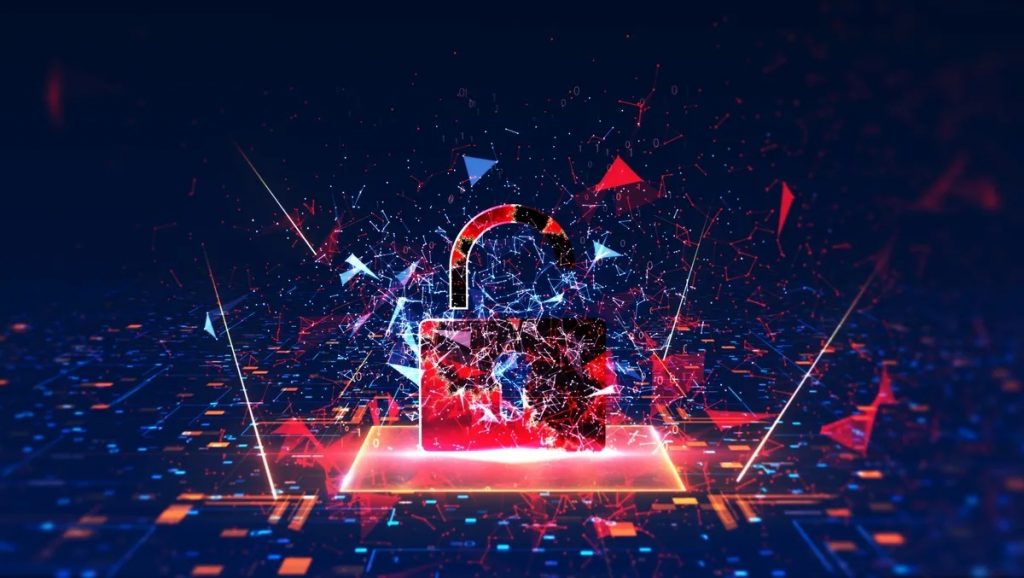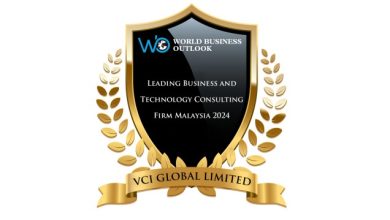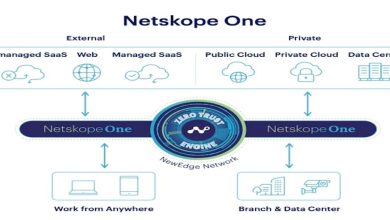Blinded by the Fight: The Importance of Full IT Visibility in Cybersecurity

In the war against cyber threats, knowledge is power. Without understanding the landscape of our digital assets and the risks they face; we are fighting blind. Unlocking a more nuanced perspective of our environment and making well-informed judgements about how to safeguard it requires complete IT visibility. Our ability to comprehend the battlefield and devise effective countermeasures depends on the full transparency of all of our technical assets, including servers, workstations, network infrastructure, and the frequently overlooked databases, web applications, cloud infrastructure, virtualisation platforms, and more.
However, it is not quite as easy as it seems to get full visibility. To say nothing of the security risks and implications associated with those assets, many businesses struggle to even catalogue all they have. It’s common for security teams to make the mistake of searching for the most obvious and easy assets first. As a result, many potential threats and weaknesses go unnoticed, leading to a false sense of security.

Full Visibility, Full Protection
An integral part of any effective security strategy is the ability to see IT systems within the context of the business. To do this, one must first know what kinds of technical assets an organisation has and how to evaluate them, as well as how those assets fit into the bigger picture of the company’s operations. This enables security personnel to concentrate on the most pressing threats to the company.
Knowing an organisation’s security status requires more than just a list of its technological assets and an evaluation of its condition. The context of such assets within the company is also quite important. In a corporate setting, this is what we would call “IT visibility”.
Understanding the risk and consequences of a security discovery requires context, such as the asset’s role in the larger business process. If a web application is vulnerable, the severity of the damage might vary depending on whether it is a public-facing portal for customers or a private site for employees. When you know the asset’s history, you can focus on fixing the problems that will have the most impact on the company.
Only by coordinating closely with other parts of the company can security teams reach this level of transparency. Prioritising risks requires IT and security teams to have a firm grasp of the company’s objectives and processes. The IT and security teams’ technical abilities and limits must be understood by the business divisions so that they may successfully express their demands.
Note that gaining business-level insight into IT is an ongoing process. Assets and the circumstances in which they are used change as a firm develops. Maintaining a constant vigil on the assets and adjusting security accordingly is essential. By doing so, security teams may check if the company’s security measures are up-to-date and in line with the way they’re doing business now.
The bottom line is: If you’re not seeing the full picture, you’re not completely protected. Total IT vision means you’re not just fighting the battles you’re aware of but also the ones you might have overlooked. And that, my friends, is the key to winning the war.
Interact with the PIX below to learn more about Tenable’s Risk Management and find out more by signing up to be contacted by them.





